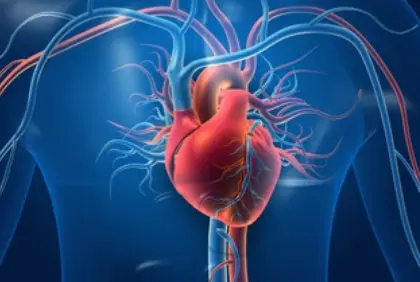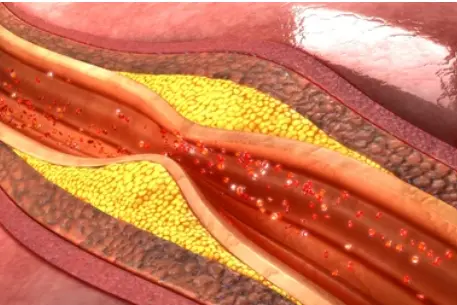 Welcome
Welcome
“May all be happy, may all be healed, may all be at peace and may no one ever suffer."
- A
- B
- C
- D
- E
- F
- G
- H
- I
- J
- K
- L
- M
- N
- O
- P
- Q
- R
- S
- T
- U
- V
- W
- X
- Y
- Z
Anthrax - Generics
Anthrax is a bacterial infection caused by the bacterium Bacillus anthracis. It can affect both humans and animals and is most commonly seen in livestock, such as cattle, sheep, and goats. However, humans can become infected through contact with infected animals or animal products, such as wool, hides, or meat, or through exposure to spores in the environment.
Anthrax can affect the skin, lungs, or gastrointestinal system, and the symptoms and severity of the infection depend on the route of exposure. Skin anthrax is the most common form of the disease, characterized by a painless ulcer with a black center. Inhalation anthrax can occur after inhaling spores and can cause severe respiratory symptoms, including cough, chest pain, and difficulty breathing. Gastrointestinal anthrax can occur after ingesting contaminated meat and can cause nausea, vomiting, abdominal pain, and bloody diarrhea.
Anthrax can be treated with antibiotics, such as penicillin, doxycycline, or ciprofloxacin, and may require hospitalization in severe cases. In addition to antibiotics, supportive care, such as intravenous fluids and oxygen therapy, may be necessary. Vaccines are also available to protect against anthrax, particularly in individuals who may be at high risk of exposure, such as veterinarians, laboratory workers, or military personnel.
Anthrax is a rare disease, but it can be serious and potentially life-threatening if not diagnosed and treated promptly. It is important to take precautions when working with animals or animal products and to seek medical attention if symptoms of anthrax are suspected.

Rheumatic fever

Infected burns

Fever

Increased demand for Calc...

Supraventricular arrhythm...

Rosacea melasma

Diluting or dissolving dr...

Atherosclerotic vascular...
Anthrax, অ্যানথ্রাক্স
To be happy, beautiful, healthy, wealthy, hale and long-lived stay with DM3S.